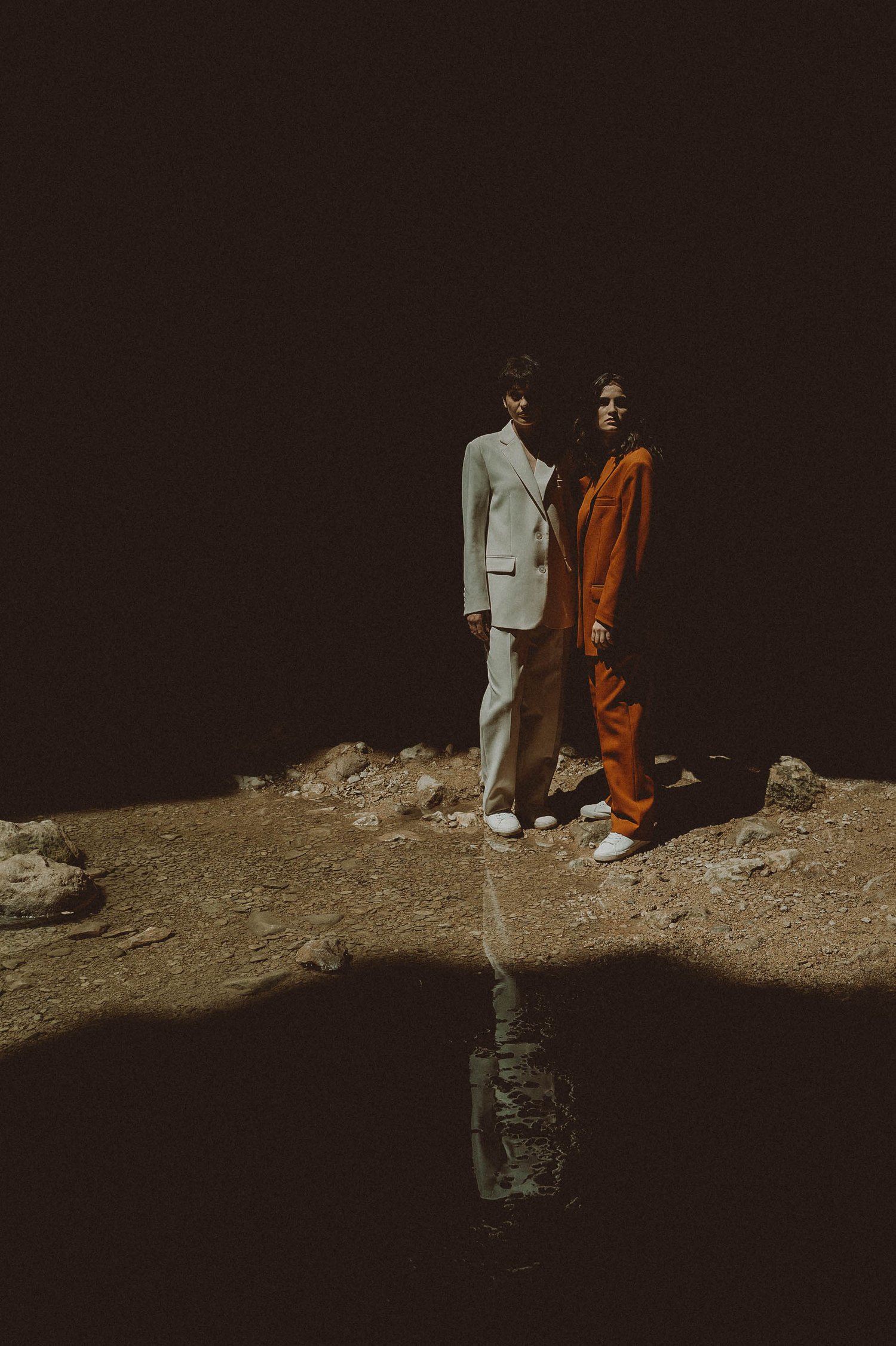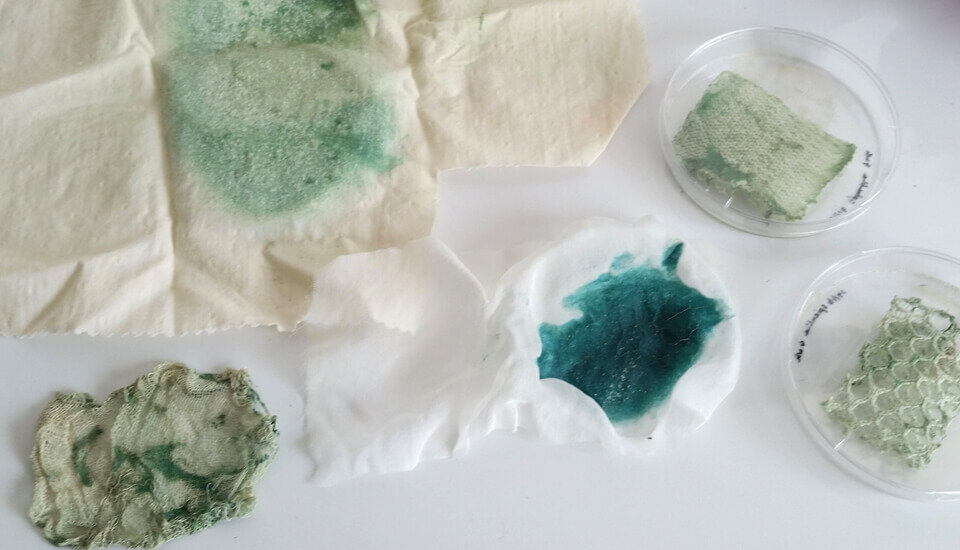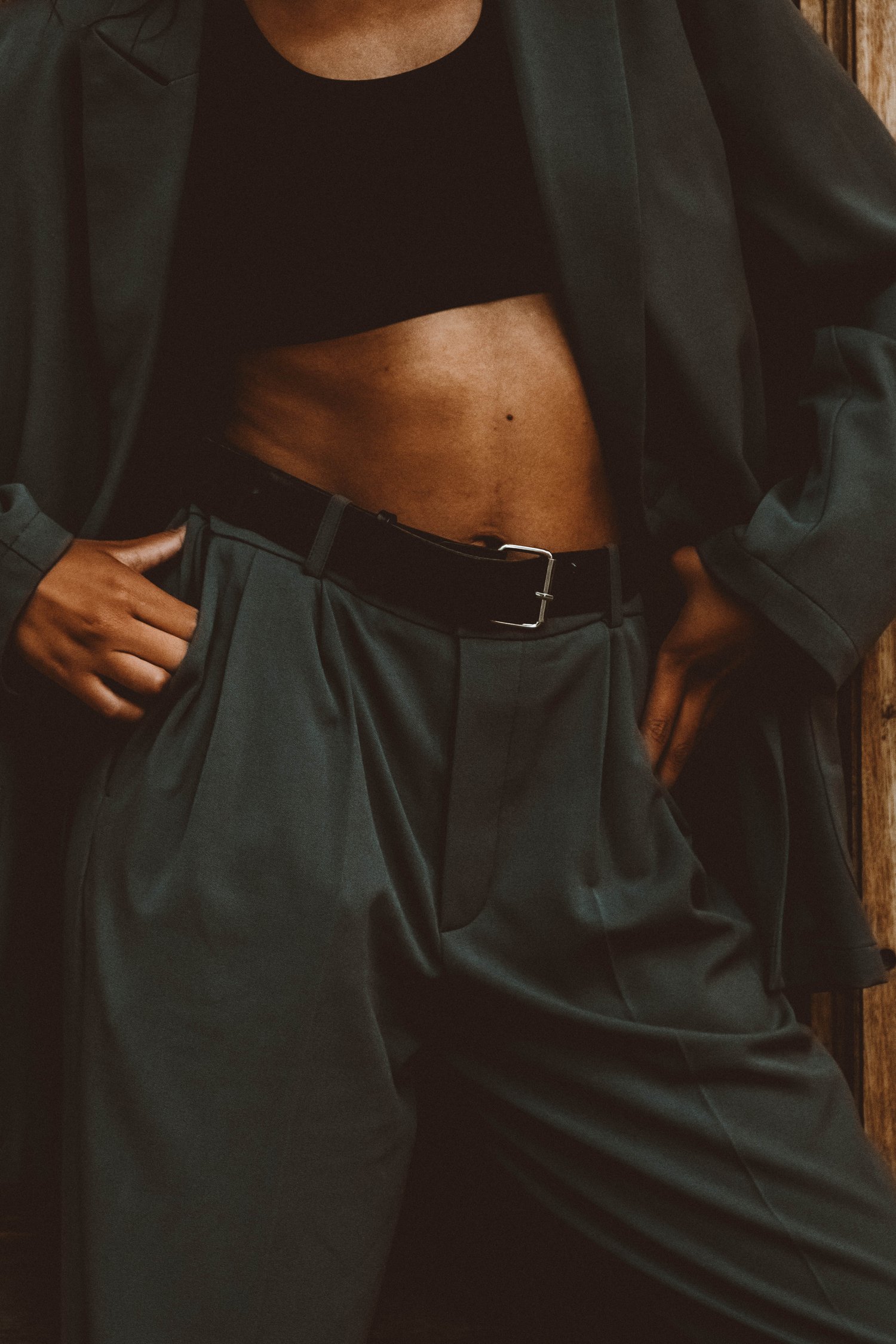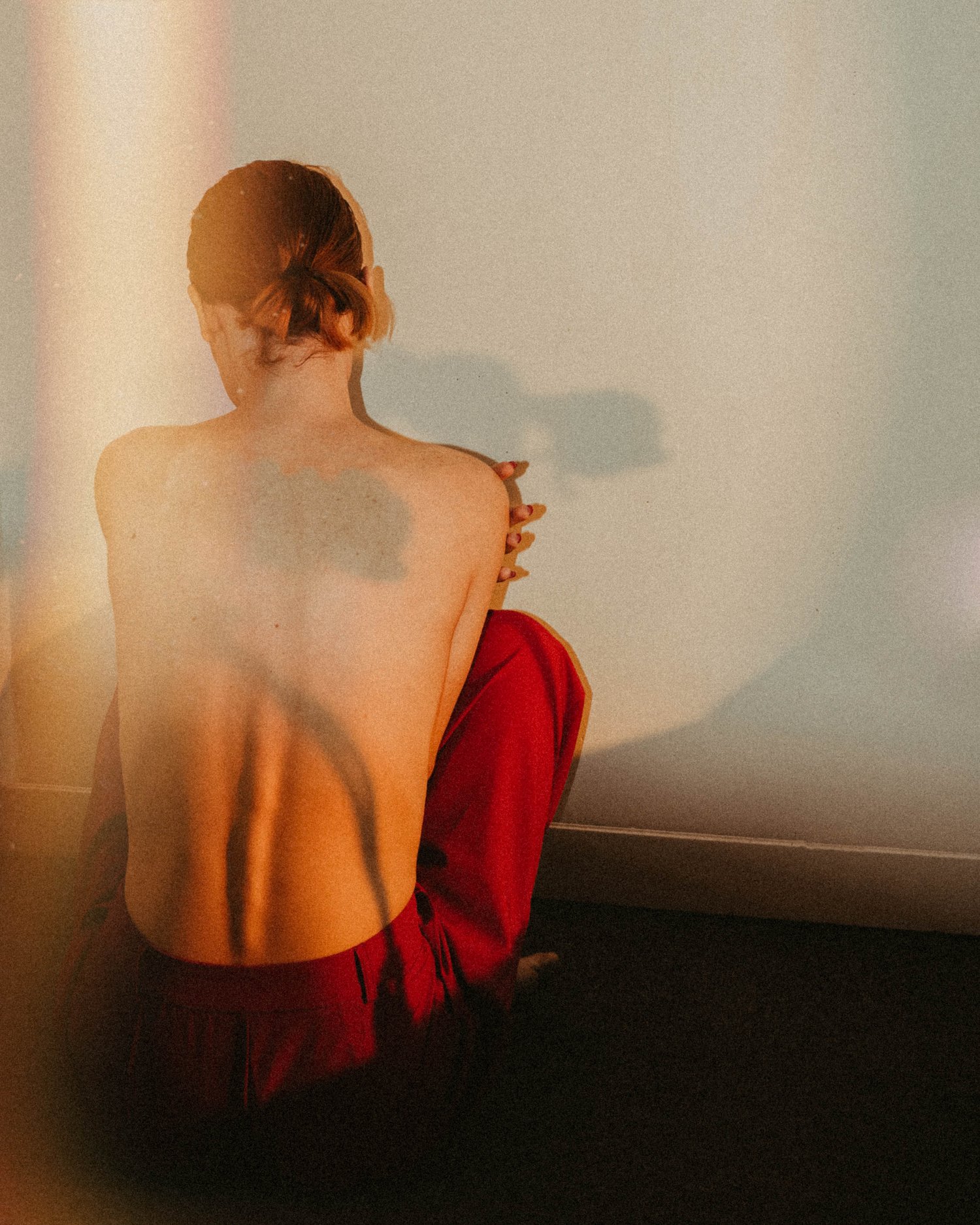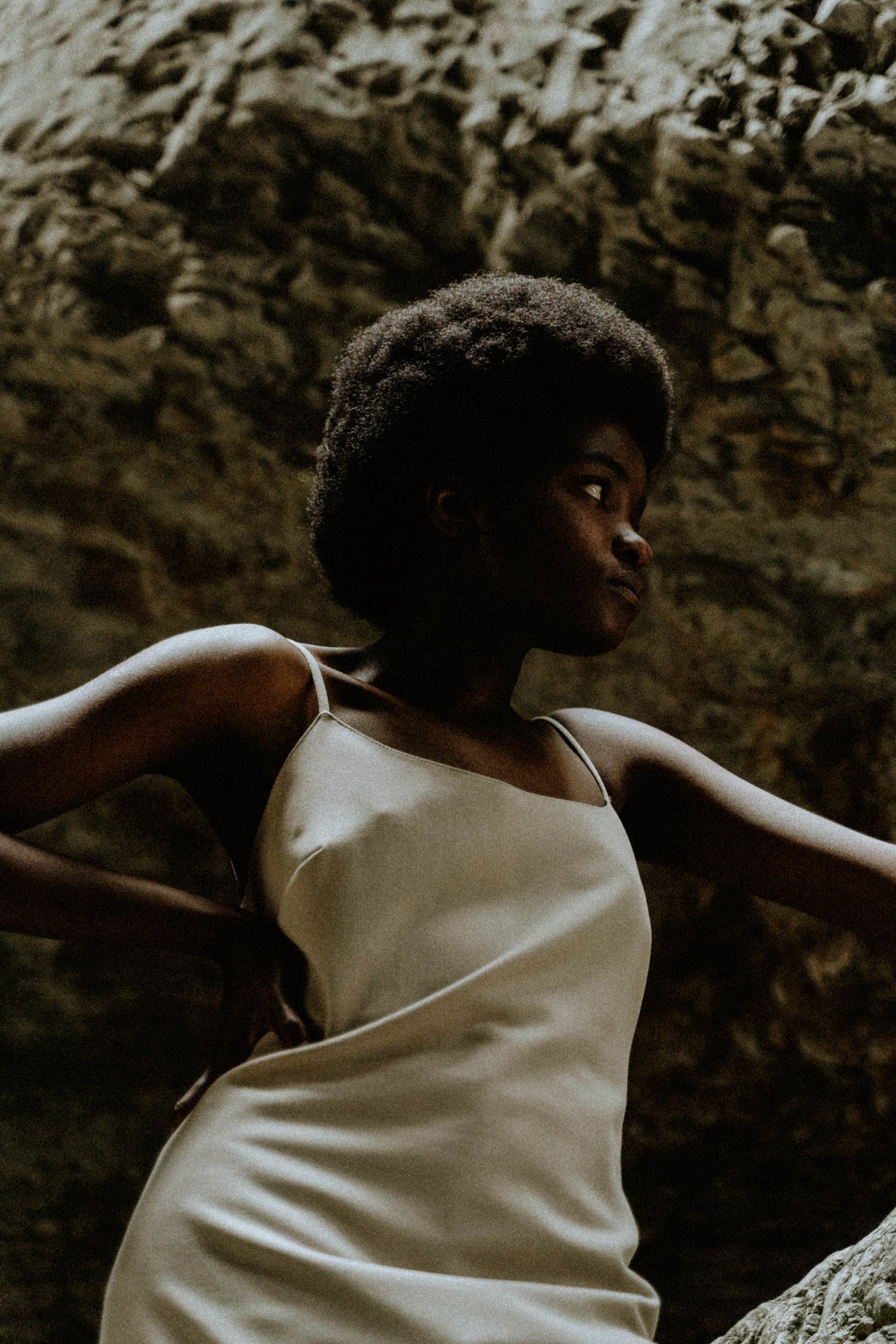Slow Fashion— What Is It?
When we talk about conscious style, slow fashion is one expression that comes up time and time again. With all the different terminology and concepts in the sustainable fashion sphere, it’s easy to get overwhelmed — so what does Slow Fashion mean exactly?
The term was first adopted by London College of Fashion professor Kate Fletcher who is a researcher, author, fashion consultant, and overall change-maker. She defined slow fashion as quality-based fashion rather than time-based fashion. Meaning slow fashion encourages slower production, ethical production, and investing in quality over quantity.
Since Fletcher coined the term, Slow Fashion has become a full blow movement. It is seen as the much-needed antithesis to mass-produced Fast Fashion. With its core based upon less is more, and a strong focus on quality, it’s a foundation for conscious style.
Slow Fashion vs. Fast Fashion:
Slow fashion is inherently a more sustainable alternative to fast fashion because of its focus on keeping the garments in use for as long as possible — however, it goes further than that.
For those of us who haven’t known a world without fast fashion, which is anyone born from the 90s onward, it can be hard to identify what’s fast fashion and what’s slow fashion.
While it would be easy to say that brands that offer cheap clothing that change their assortment almost weekly are fast fashion, there’s more to it than that. Some fast-fashion companies like H&M have secondary brands like COS, which are perceived to be elevated in quality, but when we boil it down, they are still just fast fashion with a higher price tag.
Let’s look at the characteristics of both fast fashion and slow fashion:
Fast Fashion Characteristics:
Mass Produced
Machine Made
Style Focused on Fads
Often Low-Priced
Quantity over quality
Often using cheap synthetic materials
Made for quick turnover
Slow Fashion Characteristics:
Low production numbers
Quality over quantity
Artisans created (made by hand)
Made to Last
Timeless Styles (purposeful / Intentional design)
Slow turnover
When we boil it down, slow fashion brands are focusing on creating garments that are made to last season after season rather than creating new styles every few weeks.
Slow clothing is produced with a holistic mindset, focusing on the quality of the materials used and the craftsmanship. They want the garments they make to be loved by their owners for years to come, not to end up in the landfill.
On the other hand, fast fashion focuses on the opposite, they want to sell as many pieces as possible in the year.
Their focus is on creating mass amounts of garments capitalizing on cheap materials and labor. They exploit trends and fads to sell things that will be worn a few times before being deemed unfashionable, ending up in the landfills a couple of months after purchase.
Liking the Content?
Why not sign up for the weekly roundup
Can Slow fashion be Affordable?
Now I know what you’re thinking, this is all great, but I can’t afford handmade artisanal goods. However, when we boil it down slow fashion oftentimes is more affordable than fast fashion — just hear me out:
Fast fashion is perceived as cheap because an individual garment might only set us back $10-50. However, as we saw before these garments are not made to last.
They are designed in a way to make you need to shop again in a few weeks, not only because the quality won’t hold up for long, but also because of the speed of the trend cycles. This means that while you’re only spending $10-50, you’re doing it more often than you would if you bought a slow fashion garment.
Let’s take a pair of jeans for example. At Zara you can get a pair for around $50, however, these jeans are made out of subpar fabrics and poor quality production. If you wear them often the seams will start to rip a few months after purchase. This means you will need to replace them around 4 times a year.
On the other hand, if you were to buy a pair of slow fashion denim pants they might cost you $210 upfront. However, they will last for years rather than months. Making them in time more affordable than fast fashion.
For example, you can get a pair of completely customized jeans from Unspun for anywhere between $200-215, and they will last you at least two years — if you’re buying jeans every 3 months from Zara for $50 you’re spending $400 in two years making them double the price than the slow fashion alternative.
With this logic in mind, it’s easy to see that while fast fashion is cheap in the short term, in the long term it is more affordable to buy slow fashion.
How to Get Started
If you want to adopt slow fashion into your life, but you’re not sure where to start don’t fret. It’s hard to break up with fast fashion, but it’s not impossible.
You can already feel great because you’re on the right track, you’ve taken the first step by reading this article and giving yourself a deeper understanding of Slow Fashion.
While I am glad you’re here reading this, there are numerous books and blogs sharing tons of great information on the slow fashion movement. Education is only the first step, then it’s time to put your new knowledge to use.
Here’s a quick overview of 6 steps that will help you get started on your slow fashion journey:
Step 1: Educate yourself on slow fashion to get familiar with how to identify it (Here are my top-picks of books to start with)
Step 2: Assess your current wardrobe and style — Do you buy more than you need, do you wear what you have? Do you have a solid foundation of classics?
Step 3: Find some slow fashion brands that you love— Start here: Slow Fashion Brands You should Know
Step 4: Break up with fast fashion influencers — they will only make you want to buy fast fashion
Step 5: When you need to buy something, do your research and don’t buy on impulse
Step 6: Buy only what you need, wear what you have, and make it last
I want to note that switching to a slow fashion lifestyle does not mean you need to throw away the fast fashion garments that you own already. That would be counterproductive to what slow fashion stands for.
Instead, try to wear what you own for as long as possible, and when you need new things apply the slow fashion mentality to your purchasing decisions.
Remember to have fun with it, and don’t beat yourself up if you slip up from time to time.
This is a journey, and like with all things you have to allow yourself to be bad at first before you can be a pro.

